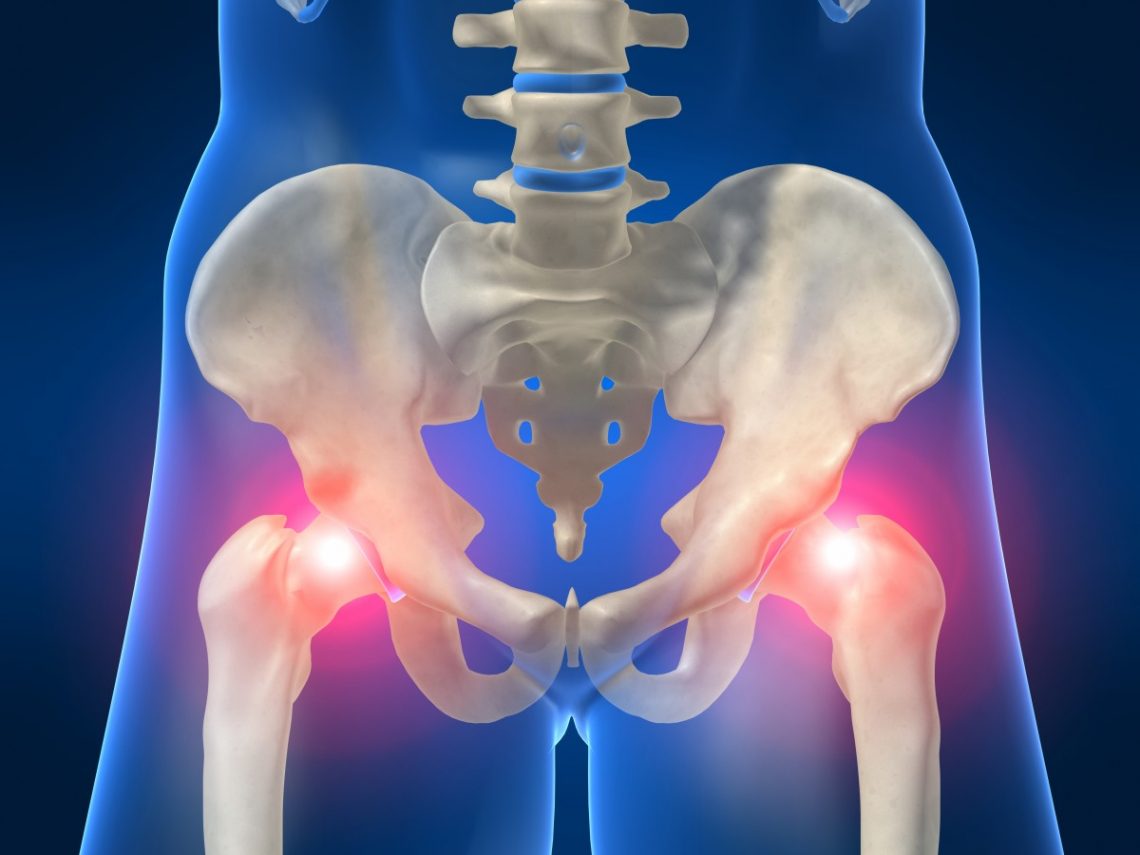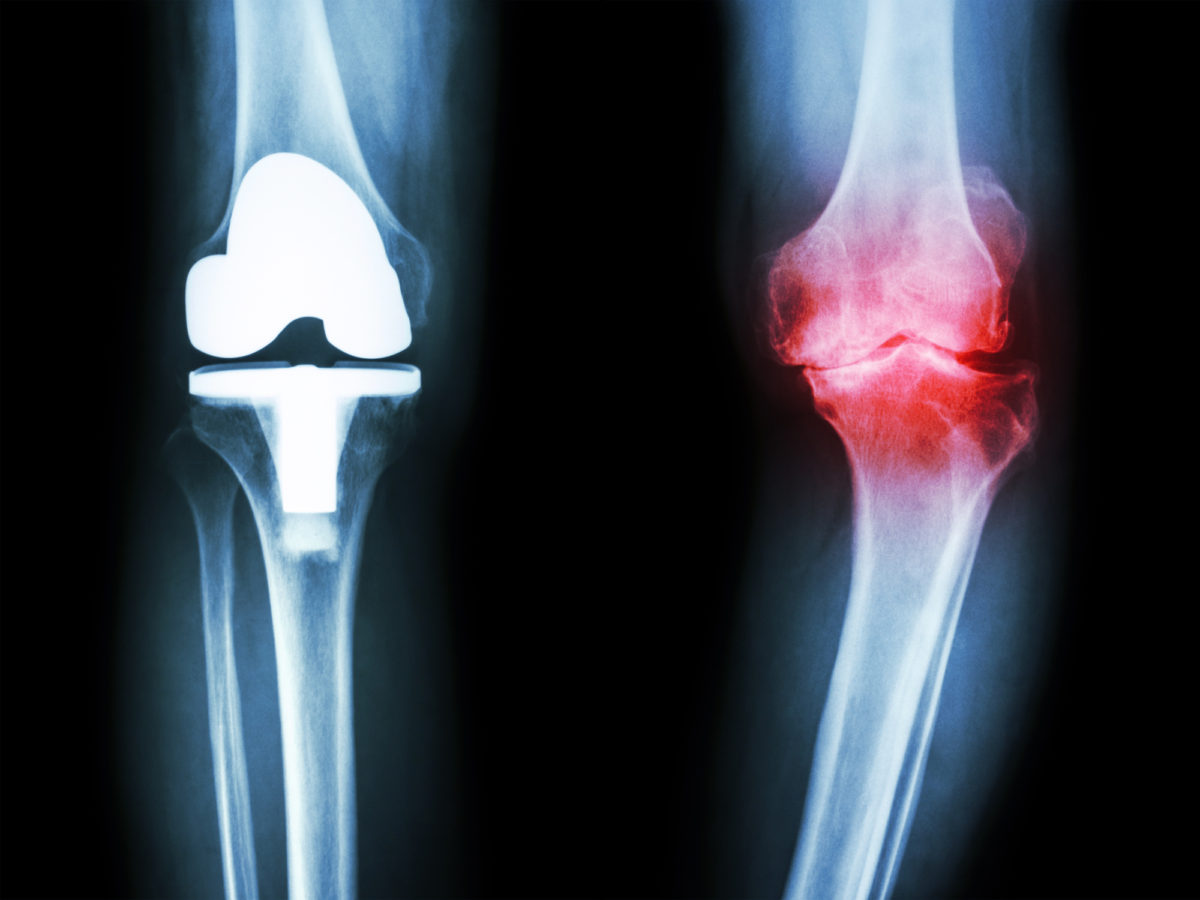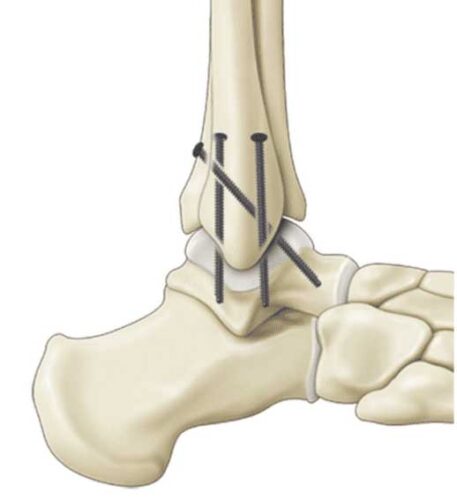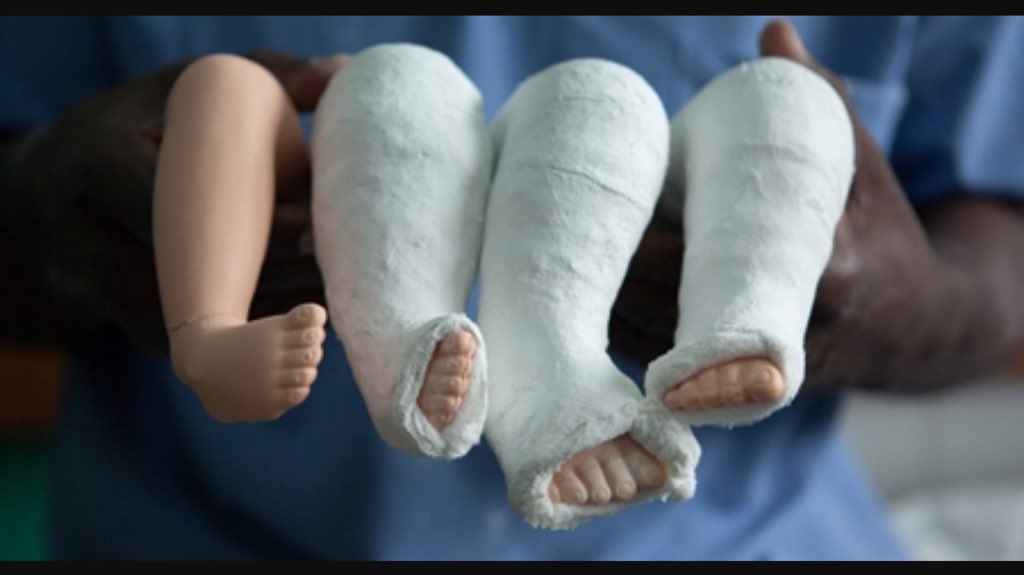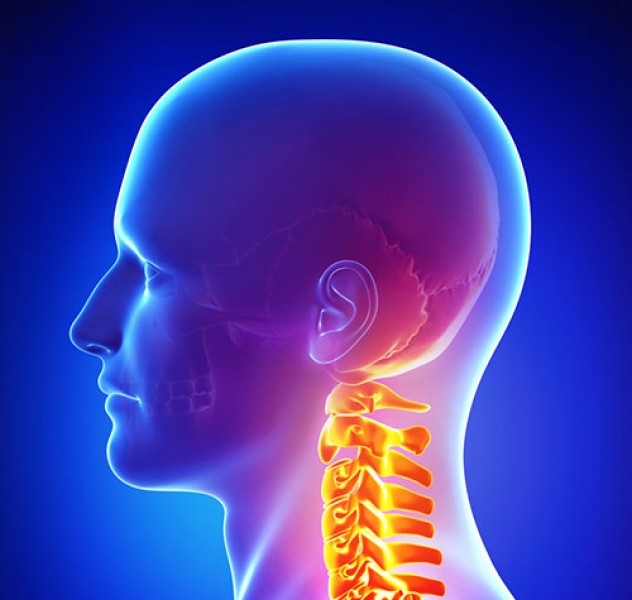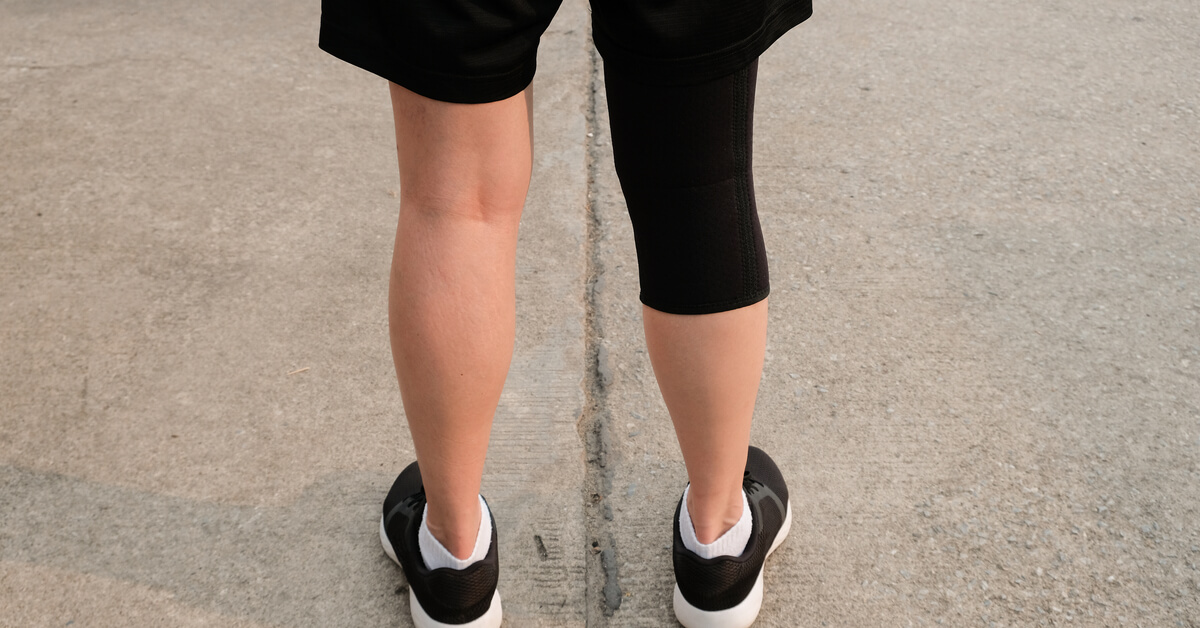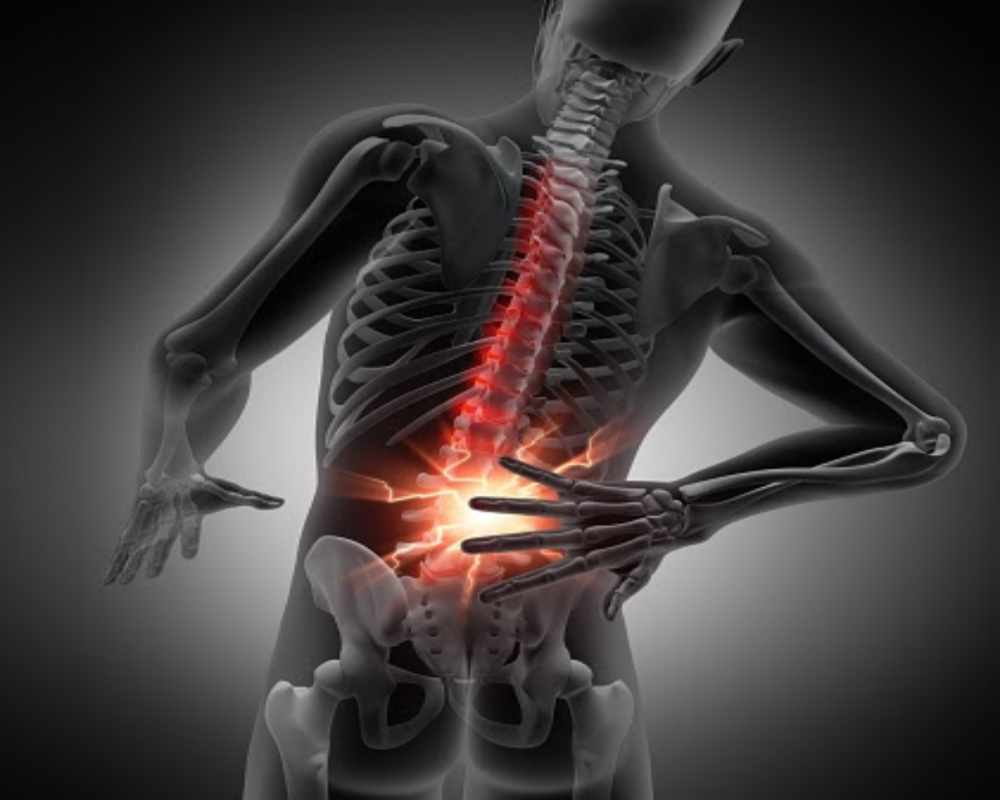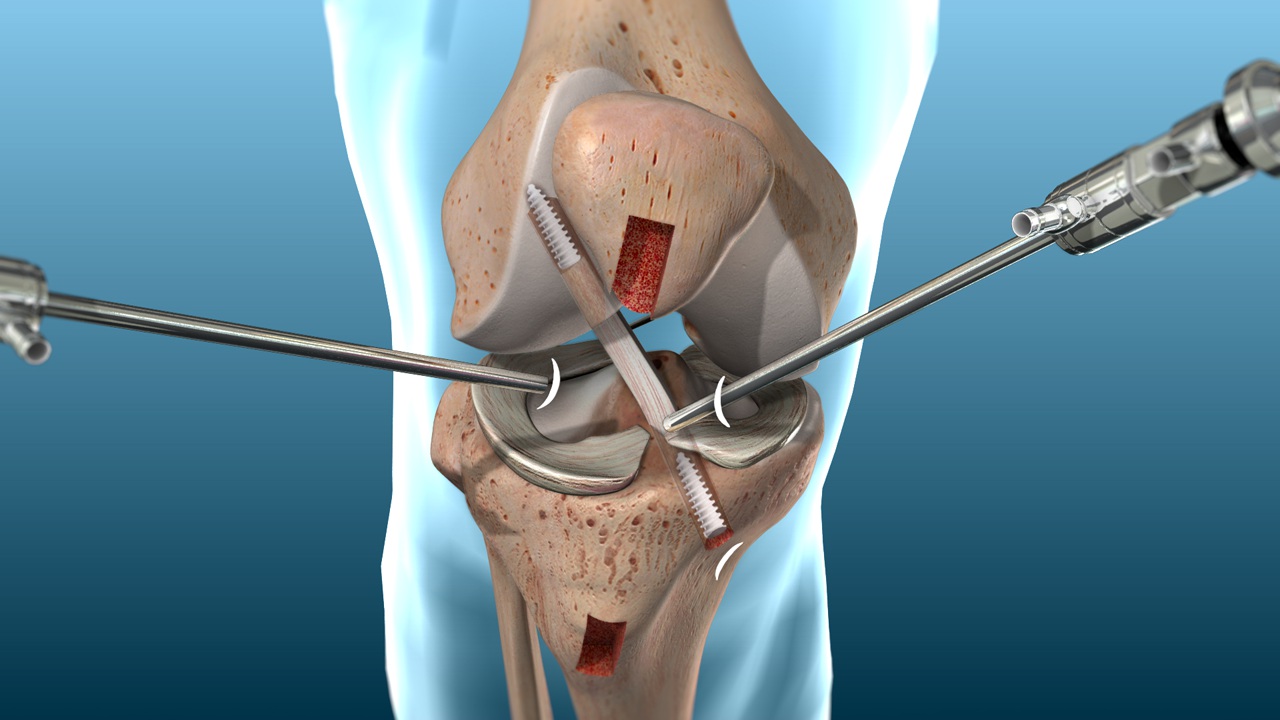What is the cost of a spinal disc surgery in Egypt and the challenges it faces?
What is the cost of a spinal disc surgery in Egypt? Many people face numerous problems related to spinal discs, leading to pain and the pursuit of surgical intervention to improve their condition. In our article today, we talk about the spinal disc surgery in terms of its cost, how the procedure is conducted, the results that ensue, and we help you to connect with the best doctor to perform the surgery, so follow us to receive all the latest updates.
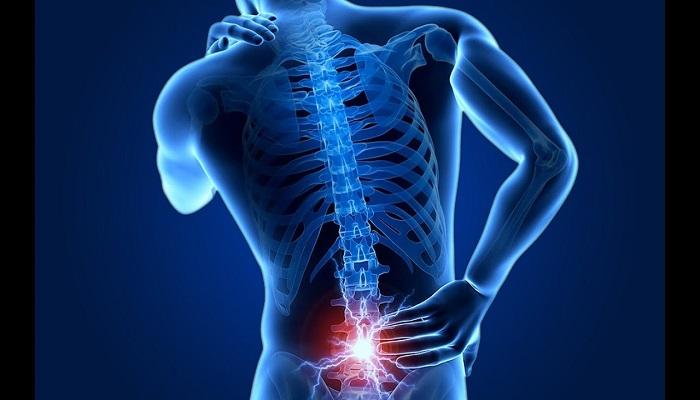
What is the cost of a spinal disc operation in Egypt?
Get ready to relieve spinal pain and return to a life free of limitations with a spinal disc operation led by the team of experts under the guidance of Dr. Amr Amal.
A spinal disc operation is a procedure needed by some patients in specific cases, which we will learn more about in the following paragraphs. The cost of a spinal disc operation ranges from 100,000 to 150,000 Egyptian pounds. This figure, of course, depends on several factors that have a direct impact on determining the cost, which are as follows:
- The type of technique the doctor relies on to perform the surgical procedure.
- The vast experience, skill, and competence of the doctor performing the operation.
- The cost of anesthesia and the medical team of doctors and nurses assisting the doctor.
- The tools and devices used in the surgical procedure, their type, and quality.
- The level of the hospital where the patient stays for the operation and the quality of medical care provided.
What is a spinal disc operation and when is it performed?
Spinal disc operation: This is a surgical procedure that targets the removal of the disc or the slipping part of it that causes pain and pressure on the nerve roots. Consequently, the patient’s condition begins to improve, and they get rid of the pains they were experiencing. There are several reasons that make a patient need a spinal disc operation, which include the following:
- When all other therapeutic methods and medications taken by the patient fail.
- Inflammation in the spine leading to curvature.
- The limbs experiencing significant pressure and injury, leading to difficulty in controlling them.
- Pressure on the spine resulting in disability.
Symptoms that necessitate a spinal disc operation
There are certain symptoms that appear on a person, making them need a spinal disc operation, some of which we will identify as follows:
- The patient suffers from pain in the arms or legs due to irritation of certain nerves.
- The patient experiences loss of sensation in certain areas of the body.
- The patient is unable to perform daily tasks normally due to affected nerves.
- The patient finds it difficult to walk or stand.
- The patient feels pain in the back or shoulder and leg due to inflammation of the nerve roots.
After a spinal disc herniation surgery
Dr. Amr Amal, a consultant in orthopedics and joint surgery at Ain Shams University, provides some advice and instructions to patients who have undergone spinal disc herniation surgery. These guidelines help accelerate the healing and recovery process, significantly alleviate the pain they suffer from, and include the following:
- The patient should avoid lifting heavy weights.
- It is important for the patient to refrain from engaging in strenuous and violent work that requires significant effort for at least 12 months.
- Ensure to continue physical therapy sessions with a physiotherapist to rehabilitate the injured area and help strengthen the back and leg muscles, making them as flexible as possible.
- The patient needs to take care of the wound, keeping it as dry and clean as possible.
- Lethargy and lack of movement are detrimental; the patient should start by going out for short walks during the first few days after the operation and then gradually increase the duration.
- The patient should take the medications prescribed by the doctor at the specified time and dose, which helps enhance the chances of complete healing and recovery.

Preparations for spinal disc surgery
There are some preparations that need to be done for spinal disc surgery, which include the following:
- It is essential for the doctor to be aware of the patient’s medical history and to know about the medications, vitamins, and dietary supplements they are taking.
- The patient undergoes a clinical examination to ensure they respond to neurological stimuli by evaluating their reflexes, muscle strength, and ability to walk.
- A straight leg raising test is conducted, usually performed by people under the age of 35.
- X-rays of the spinal vertebrae and joints.
- Magnetic resonance imaging (MRI) of the spinal cord, nerve roots, and surrounding areas.
- Use of computed tomography (CT) scans to show the shape and size of the nerve canal and its surroundings.
- Conducting electromyography to measure the speed of electrical impulses along the nerves and muscles.
Details of Spinal Disc Surgery and the Followed Procedures
Spinal disc surgery plays a significant role in treating cases of disc herniation, helping patients recover from the pain they experience and enabling them to return to their normal lives as soon as possible. This surgery is carried out through certain procedures that the doctor follows, which involve choosing one of the following methods:
Disc Replacement Surgery: In this method, the doctor replaces the damaged disc with a new one made of metal or plastic. This procedure requires that the patient does not have any health issues that prevent disc replacement, such as arthritis or osteoporosis.
Disc or Diskectomy Surgery: One of the most common methods for performing disc herniation surgery, where the doctor makes an incision in the neck or back and then removes the disc that is pressing on the nerve roots and causing severe pain.
Spinal Fusion: This surgical procedure involves general anesthesia, where the doctor fuses two or more vertebrae of the spine. This results in reducing or completely limiting the movement of the vertebrae to decrease the pain the patient feels afterward.
Laminectomy: The doctor performs a removal of the vertebral lamina to relieve pressure on the damaged nerves due to disc herniation. The doctor may remove part of the vertebral lamina because the spinal vertebrae consist of vertebral laminae that protect the spinal cord within them.
Get ready to improve the quality of your daily life and sleep after advanced spinal disc surgery with Dr. Amr Amal.
Care Steps Needed After Spinal Disc Surgery After the patient undergoes spinal disc surgery, they are taken to the recovery room where their vital signs are monitored and the success of the operation is confirmed. The doctor instructs the patient on how to walk, move, and sit. The patient can leave the hospital within two days of the surgery and is careful to take the medications prescribed by the doctor and follow the instructions given to them. The patient should not put excessive strain on their body during the recovery period. It is necessary for the patient to avoid sitting for long periods and to gradually start walking a short distance each day. The patient should adhere to a healthy, balanced diet rich in fiber, proteins, and essential nutrients needed by the body.
Recovery Duration After Spinal Disc Surgery
Discover the latest techniques in spinal disc surgery through the expertise of Dr. Amr Amal and advanced technology.
A patient who undergoes spinal disc surgery can fully regain their activity within four to six weeks after the operation. This duration depends on the patient’s adherence to the doctor’s instructions, the symptoms they were experiencing, and the extent of improvement noticed thereafter.

Possible Complications of Spinal Disc Surgery
After conducting a large number of spinal disc surgeries, it has been observed that these operations are generally safe and do not lead to any serious complications except in rare specific cases. However, like any surgical procedure, some complications may arise, including:
- Infection at the wound site, which the doctor controls through the use of various antibiotics.
- Occurrence of bleeding.
- Possible leakage of spinal fluid.
- Potential formation of scar tissue at the surgery site, which may put pressure on the nerves and cause the patient to experience pain again.
- The patient may have an allergic reaction to the anesthesia, manifesting in difficulty breathing.
- Damage to one of the nerves or the spinal cord during the operation, leading to injury.
- Failure of the operation, where the patient does not get relief from their pain.
- Damage to another spinal disc.
Physical Therapy and Regaining Movement After Spinal Disc Surgery
The important and effective role that physical therapy plays after undergoing spinal disc surgery cannot be denied, as it helps accelerate the healing and recovery process and in rehabilitation. Here are some of these exercises:
Recovery Period After Spinal Disc Surgery
Explore the latest techniques in spinal disc surgery with the expertise of Dr. Amr Amal and advanced technology.
A patient who undergoes spinal disc surgery can fully recover and resume activities within four to six weeks post-operation. This period depends on the patient’s adherence to the doctor’s instructions, their initial symptoms, and the extent of improvement noticed afterward.
Possible Complications of Spinal Disc Surgery
After numerous spinal disc surgeries, it’s been observed that they are generally safe and rarely result in serious complications. However, like any surgical procedure, some complications might include:
- Infection at the surgical site, controlled by the doctor through various antibiotics.
- The occurrence of bleeding.
- Possible spinal fluid leakage.
- Potential formation of scar tissue at the surgery site, causing pressure on the nerves and recurring pain.
- Allergic reaction to anesthesia, possibly leading to difficulty in breathing.
- Damage to nerves or the spinal cord during the procedure, resulting in injury.
- Failure of the surgery, not alleviating the patient’s pain.
- Damage to another spinal disc.
Physical Therapy and Movement Recovery After Spinal Disc Surgery
The role of physical therapy in speeding up the healing and recovery process, as well as rehabilitation post-spinal disc surgery, is undeniable. Some of these exercises include:
Prone Press-ups: This simple exercise greatly improves the patient’s ability to bend. The patient lies on a yoga mat, places their hands flat on the floor under their shoulders, maintains a relaxed back and hips, and uses their arms to press up the upper body while keeping the lower back on the ground, feeling a mild pressure on the lower back. The patient holds this position for two seconds and then slowly returns to the starting position. This exercise is repeated 10 to 15 times under the doctor’s supervision.
Lumbar Flexion Exercise: The patient gently pulls their knees towards the chest for a second or two, then lowers them back to the starting position. This exercise is repeated 10 times.
Physical Therapy for Posture Correction: Maintaining a correct posture after undergoing disc surgery is crucial. The physiotherapist teaches the patient the proper sitting position, using a lumbar roll to protect the vertebrae, which is one of the most important steps in reducing pain episodes.
Factors Influencing the Success of Spinal Disc Surgery
Spinal disc surgery has a high success rate of up to 90%, influenced directly by several factors:
- The patient’s adherence to post-operative instructions plays a significant role in the success of the surgery and minimizes potential complications or unwanted side effects.
- The experience and skill of the surgeon, and their years of expertise in this type of surgery, ensure the procedure goes well without postoperative problems.
- The level of the hospital where the patient stays and the quality of medical care provided.
Book an Appointment with the Best Doctor for Spinal Disc Surgery
If you’re looking for the best doctor for spinal disc surgery, Dr. Amr Amal is the right choice for you, known for his extensive experience in this field and having conducted many successful operations. Dr. Amr is dedicated to the comfort of his patients, choosing the appropriate treatment method for them and aiming to use the best and latest techniques that aid in faster healing and recovery.
Dr. Amr prioritizes the welfare of his patients, providing necessary medical care tailored to their condition. He is known for his patience and attentiveness to his patients’ complaints, helping them overcome their problems and alleviate their pain. You can now contact Dr. Amr for an appointment through his official website, or through the Vezeeta or Clinido apps, known for their ease of use and allowing you to book an appointment that suits you.
Can One Live Normally with Spinal Disc Herniation?
Yes, it is possible for a patient to live normally with spinal disc herniation. A person may have a disc herniation without any apparent symptoms or pain. Sometimes, sudden pain may appear, lasting for a short period before disappearing.
Rest and confidence in every step with spinal disc surgery; choose Dr. Amr Amal.
Can Disc Herniation Heal Without Surgery?
Yes, there are several non-surgical treatment methods that doctors initially resort to for solving the problem of disc herniation in the spine, which include:
Conservative or Home Treatment: Conservative treatment can help resolve disc herniation as it significantly impacts the person’s ability to fully recover. At the top of the list is the individual’s role in getting adequate rest and applying cold compresses to reduce swelling and pain, and also avoiding lifting heavy objects.
Medication Treatment: The doctor prescribes important medications that help reduce the severity of pain, decrease nerve inflammation, and relieve symptoms associated with disc herniation. Key medications include various pain relievers, muscle relaxants, and anti-inflammatory drugs.
Physical Therapy: Physical therapy significantly helps in treating disc herniation cases by increasing the space between the vertebrae, which leads to the disc returning to its natural position. It also helps strengthen the muscles near the affected area, enabling the body to recover and heal better and improve its performance.

